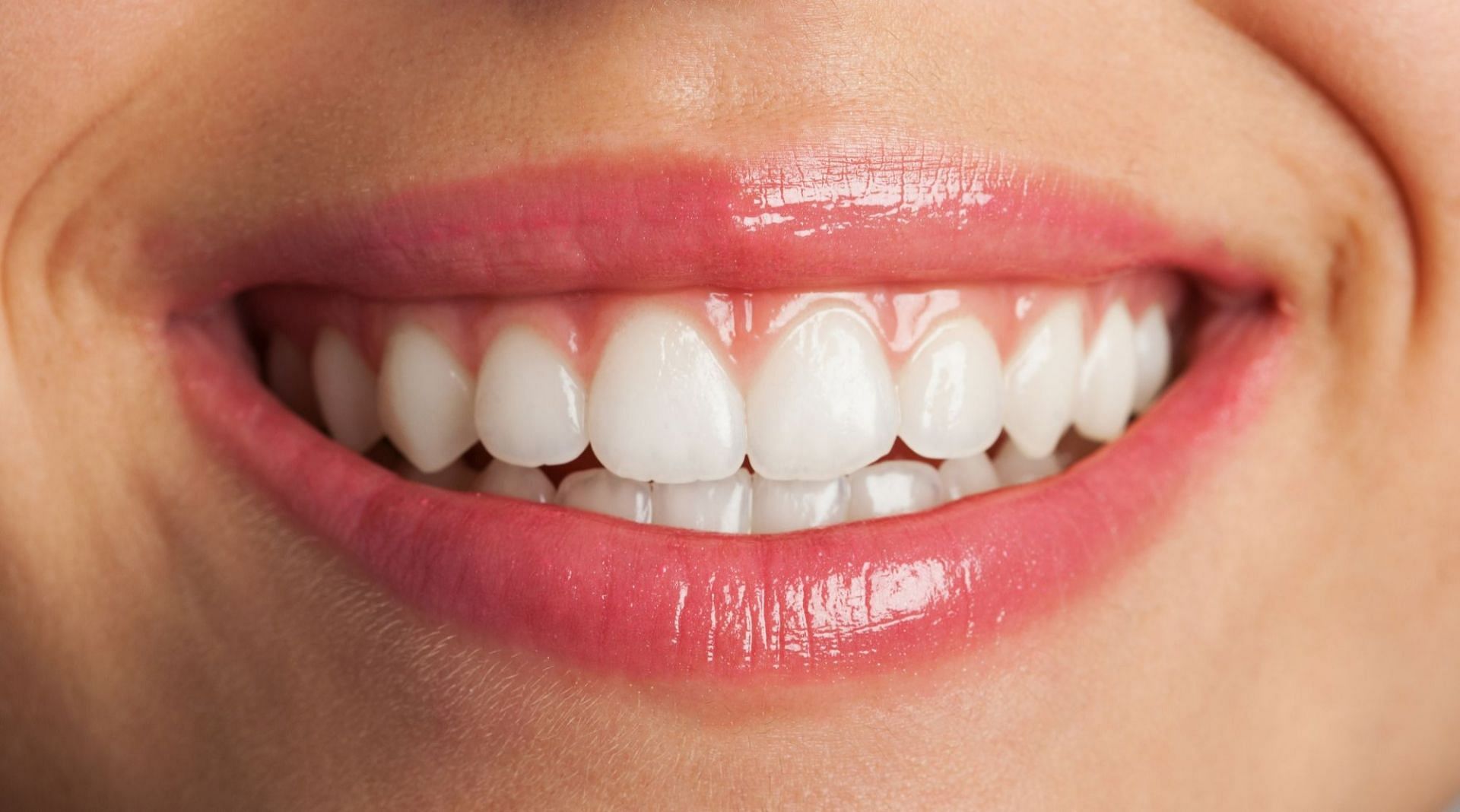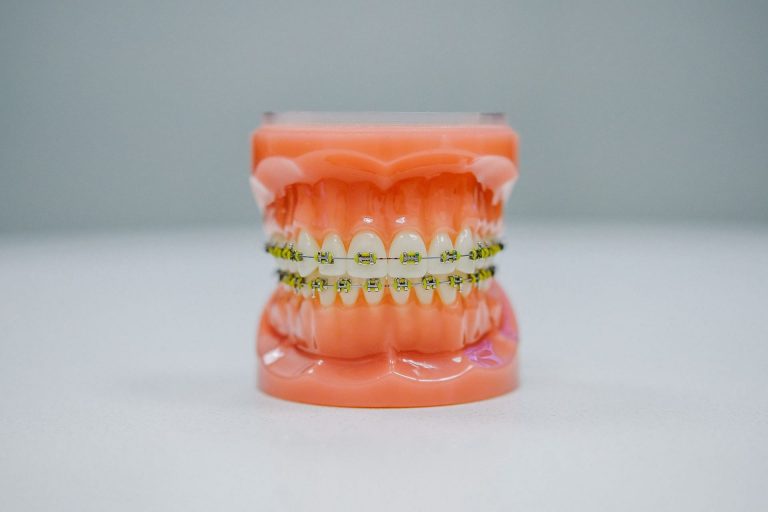Periodontitis is a type of gum infection that occurs mainly due to the occurrence of bacteria in the gums or teeth. This condition can become quite serious and can cause problems if not treated properly in time.
This condition can damage the soft tissues in your gums, and when left untreated, can damage the bone that supports your teeth. Periodontitis can be a problematic condition, so it is important to understand the causes, symptoms and treatments associated with it.
Through this article, we will discuss more about this condition, its causes, symptoms, treatments and prevention.
More about periodontitis and its symptoms

Periodontitis, as mentioned above, is a serious infection in the gums of our teeth. This condition usually occurs in three to four stages, starting with inflammation, which is also known as gingivitis, and then continuing through early, moderate and advanced stages.
The inflammation stage occurs with the formation of inflamed gums, a sign of which is bleeding gums when brushing. Gingivitis also involves the growth of bacteria on the teeth.
In early periodontitis, small pockets form between your gums and teeth. Pockets are the haven for bacteria, a simple sign of which is receding gums. Receding gums occur as the immune system tries to fight off the bacteria and as a result the gums recede.
In further stages, pain as well as bleeding increases. The gums loosen and the connective tissues lose their strength, which in turn intensifies the pain.
Symptoms of this condition include swollen or swollen gums and changes in gum color such as bright red, dark red or purple.
In addition, when touching the gums, tenderness may be felt. Other symptoms include bleeding gums, bad breath, pus between the teeth and gums, pain when chewing, and tooth loss.
In addition, one may find a difference in the way your teeth fit like before and receding gums are other symptoms.
Causes of periodontitis


Periodontitis is mainly caused by poor oral hygiene like any other dental problem. Improper cleaning of the teeth allows the emergence of bacteria, which in turn form dental plaque.
The presence of bacteria triggers the immune system to fight it, which causes inflammation, making the gums and teeth weaker. In addition, conditions such as smoking, diabetes, immune system disorders and poor diet can increase the risks of periodontitis. In addition, medications, genetic and hormonal changes can also affect this condition.
Treatments and preventions


Visiting the dentist and removing the plaque can be one of the treatments for the initial stages of the condition. One can also go for flap surgery to clear the bacteria from under the gums. Antibiotics can also be taken for infections in tablet or gel form.
Various treatments are available for this condition, but the best is to maintain good oral hygiene. Maintaining good oral hygiene can prevent this condition by removing the bacteria present in your mouth.
So, regular brushing and flossing can keep your gums and teeth clean by removing bacteria and reducing the causes of disease. In addition, regular visits to the dentist and having your teeth checked can also help prevent the problem.
Periodontitis is a gum infection that, if left untreated, can cause many problems for your teeth, but understanding the symptoms can help you spot it early and treat it accordingly. Maintaining good oral hygiene is important and is a good step for your oral health as well as reducing the problems of this condition.

